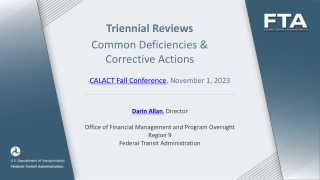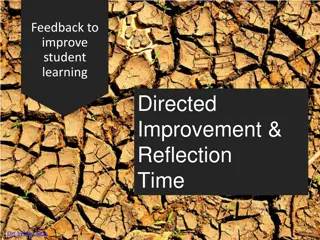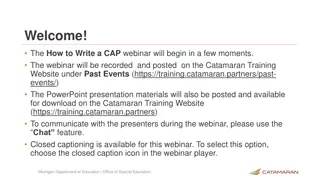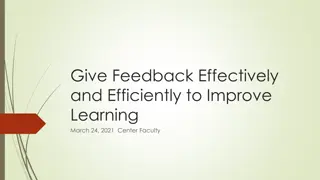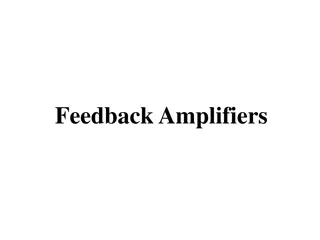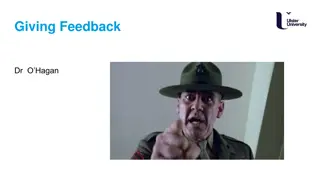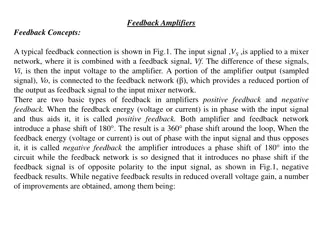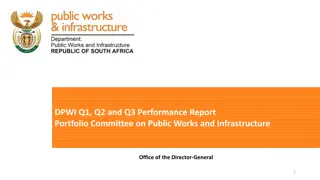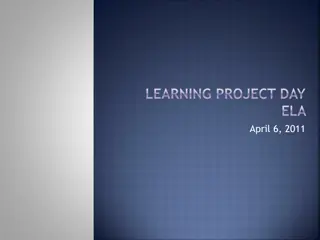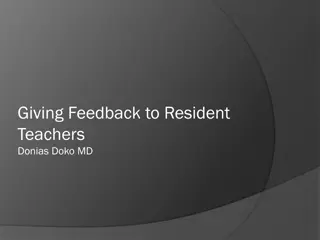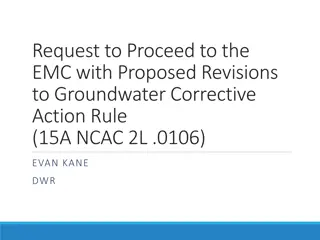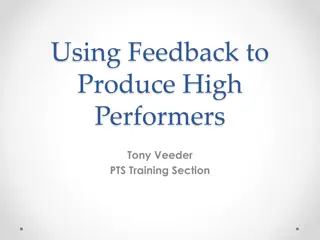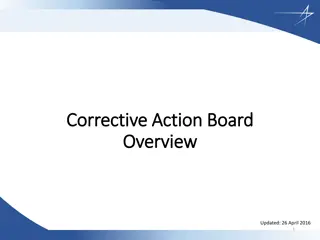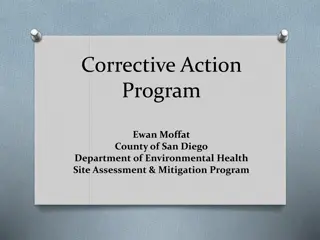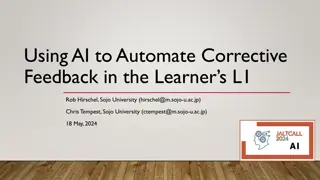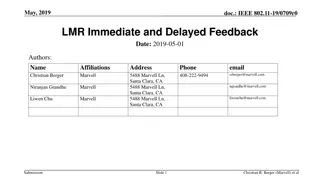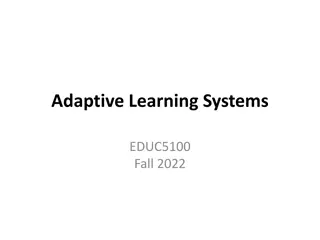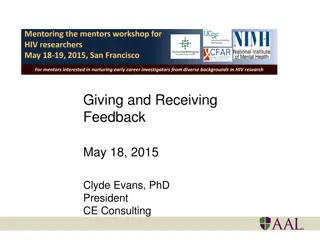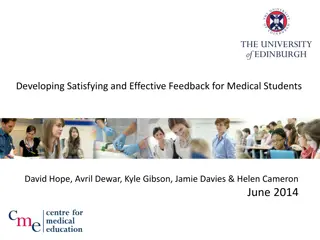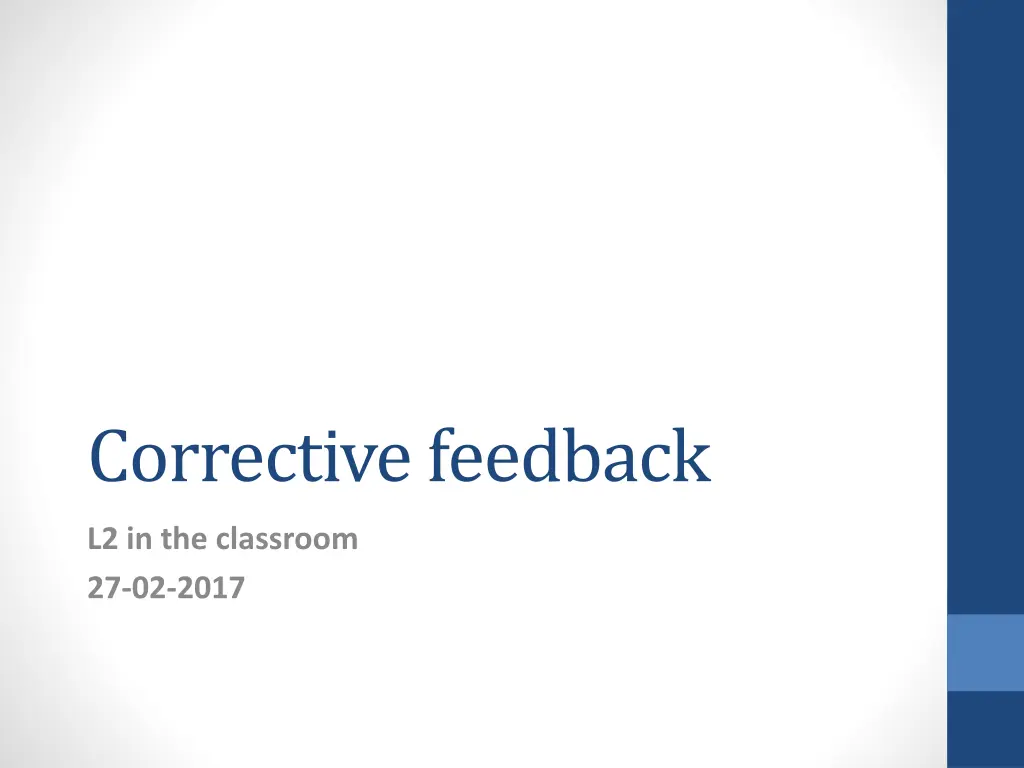
Effective Corrective Feedback Strategies for Language Learners
Explore the importance of corrective feedback in language learning, including when and how errors should be corrected, different correction strategies, and the role of teachers, peers, and self-repair. Understand the various perspectives on corrective feedback and its impact on second language acquisition.
Download Presentation

Please find below an Image/Link to download the presentation.
The content on the website is provided AS IS for your information and personal use only. It may not be sold, licensed, or shared on other websites without obtaining consent from the author. If you encounter any issues during the download, it is possible that the publisher has removed the file from their server.
You are allowed to download the files provided on this website for personal or commercial use, subject to the condition that they are used lawfully. All files are the property of their respective owners.
The content on the website is provided AS IS for your information and personal use only. It may not be sold, licensed, or shared on other websites without obtaining consent from the author.
E N D
Presentation Transcript
Correctivefeedback L2 in the classroom 27-02-2017
Thisclass Corrective feedback (CF): Yes/no? How? Introduction Analysis of examples Break Analysis of examples/discussion Information final presentation/paper
Errors: wheredo they comefrom? (20-02-2017) Learner characteristics Learning context L1 Teaching method Errors Other L2 s Characteristics target language Spoken register 3 Learner strategies
Learnerlanguage& errors (20-02-2017) Knowing more about L2 development and the underlying mechanisms is crucial Not all errors are equal: errors can also be an indication of progress Errors may tell us something about the development of learner language (Interlanguage)
Different perspectives Teachers Researchers L2 learners
Correctivefeedback (CF) Fundamental issue in both language pedagogy and SLA research Aspect of instruction where concerns of teachers and interests of researchers coincide Consensus teachers + researchers: corrective feedback is useful and may promote L2 acquisition But: many different views on HOW
Questions 1. Should errors be corrected: YES 2. When should errors be corrected? Immediate vs delayed 3. Which errors should be corrected? Selective or overall correction? Focused correction Form or meaning 4. How should errors be corrected? Different strategies: implicit vs explicit Input- or output-based 5. Who should do the correction? Teacher feedback Self-repair Peer feedback
CF and UG Universal principles; parameter setting Innate LAD Acquisition by means of positive evidence -> implicit knowledge Role of negative evidence: debated
CF and UG Truscott (various studies) Corrective feeback: no effect on linguistic development; leads only to explicit knowledge acquisition by positive evidence, not by negative evidence
CF and Cognitive-Interactionis approaches No LAD Language development as a specific form of cognitive development No rule learning; learning by means of associations, patterns CF contributes also to acquisition , not only to learning CF promotes cognitive mechanisms involved in intake, restructuring, interlanguage development
CF and Socio-Culturaltheories Similar to cognitive-interactionist approaches, but major focus on role of environment Learning by means of scaffolding , collaboration zone of proximal development (Vygotskij; Piaget) View on CF: not very concrete; CF although useful needs to be fine-tuned to proficiency level of individual learners.
Strategiesof CF Key dimensions Input-providing vs output-prompting Explicit vs implicit
CI: Type of strategies (cfr. Lyster& Ranta, 1997); ExerciseHand-out Explicit correction Recasts Clarification request Metalinguistic comment Elicitation Repetition
General principles Intensive CF Explicitness of CF Multiple forms of CF depending on context, task, proficiency level Combination of input-providing and output prompting CF strategies Importance of self-repair/revision
Research agenda (cfr. Ellis & Shintani) Different types of CF: which one is most effective? Role played by individual learner factors in mediating effects of CF Role played by contextual factors in mediating effecst of CF Learner s engagement/reaction to CF Learning outcomes: to what extent does CF promote L2 learning?
Examples See examples on Hand-out


